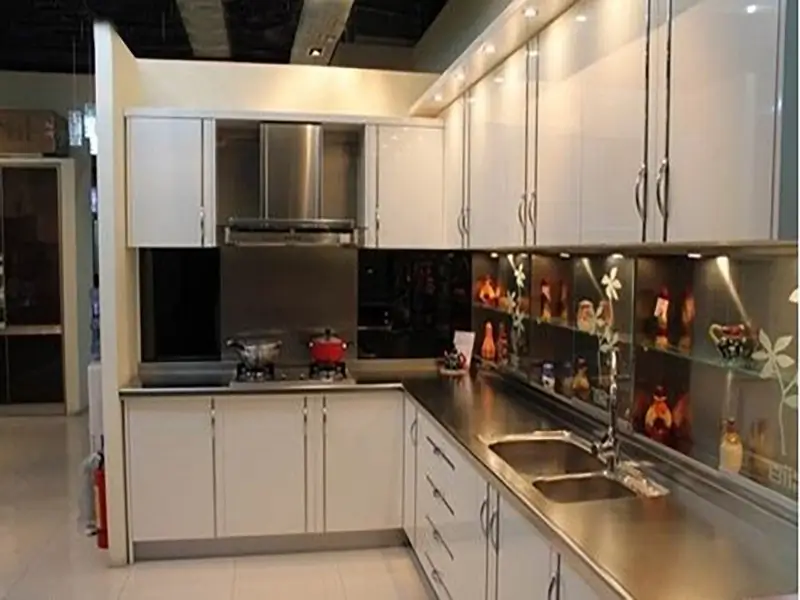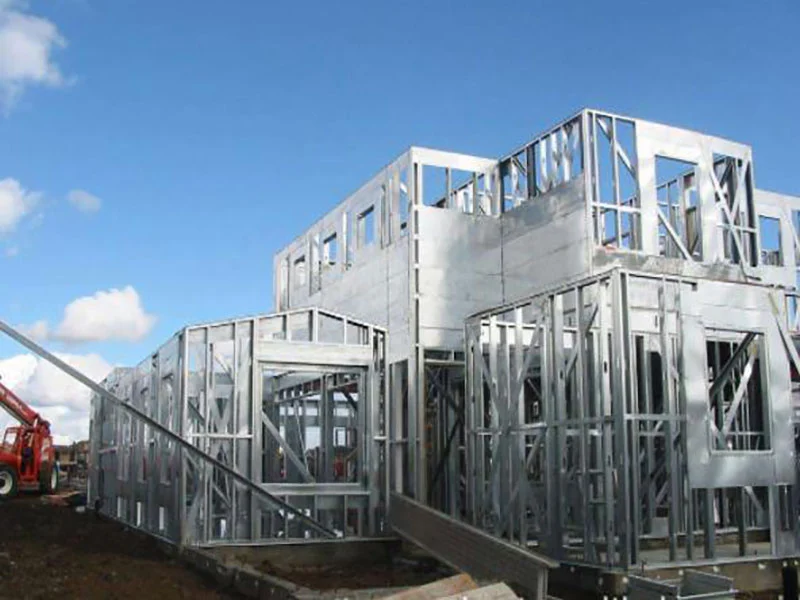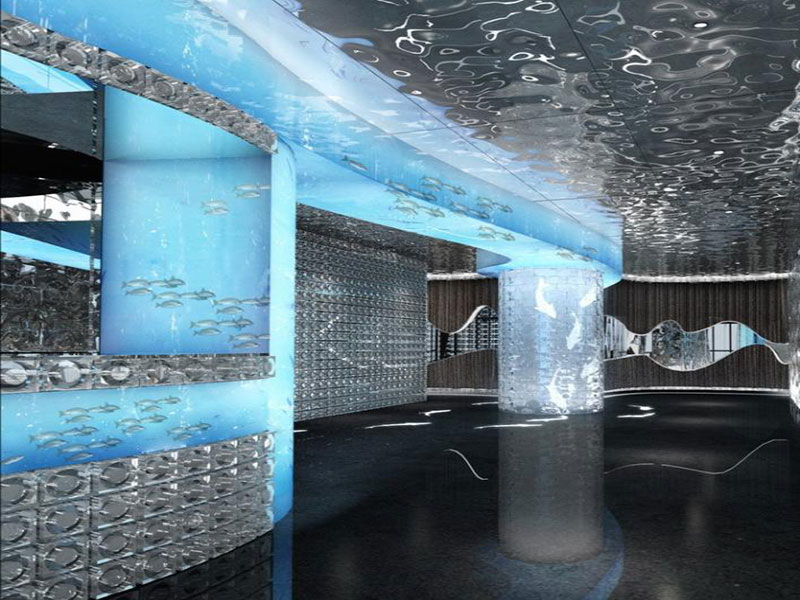

Stainless steel is a kind of high-alloy steel that can resist corrosion. It has a beautiful surface and does not have to undergo surface treatment such as plating or painting. Therefore, many machinery factories often do not do any paint treatment in order to show that they are stainless steel. Stainless steel has beautiful Appearance, corrosion resistance, not easy to damage and other advantages, are widely used in all walks of life.

The 300 series can be simply divided into 304, 304L, 316, 316L, 321, 309S, 310S, etc. The distinction is based on the content of various metal elements, and the characteristics of stainless steel with different content are also different. The difference between 304 and 304L is The carbon (C) content is different. The one with L means low carbon content, which is also called low carbon. The difference between 316 and 316L is the same.
304: As a widely used steel, it has good corrosion resistance, heat resistance, low temperature strength and mechanical properties, good hot workability such as stamping, bending, etc., no heat treatment hardening phenomenon, non-magnetic, and the use temperature is minus 193 degrees. It is 800 degrees. Uses: tableware, kitchen utensils, water heaters, boilers, auto parts, medical equipment, food machinery, wine storage, pressure vessels (chemical machinery, chemical equipment).
As a low-carbon 304 steel, 304L has similar corrosion resistance to 304 under normal conditions, but after welding and stress relief, it has good intergranular corrosion resistance and can maintain good performance without heat treatment. Corrosion resistance, generally used at 400 degrees, uses: petrochemical industry, building materials.
440C was the well-deserved king of blade steel stainless steel around the 1980s, and this status was not replaced by ATS-34 until the 1990s.
440C is considered to be a versatile stainless steel with a very wide range of uses. Compared with ATS-34, it is tougher and more stain-resistant, but its retention and hardness are not as good. 440C is the first stainless steel accepted by bladesmiths, and has always been very popular, especially after the sub-zero treatment process was developed, it has strengthened the toughness of the steel. When sanding, its disadvantage is that it is relatively sticky and heats up quickly; but it is easier to sand than any carbon steel, and it is much easier to cut the material by hand. Even novice bladesmiths can make good blades with 440C if they can do a good job of heat treatment and surface treatment; and if they are well maintained, the blades of this material are very good and durable.
Please note that 440A and 440B are alloy steels very similar to 440C and are often confused, but they are not suitable for blades. Commercial cutting tool companies often deliberately label 440C blade material as 440 because of the unclear concept, instead of making the real material nondescript. 440C may be more suitable for the cutting tool industry than any other alloy stainless steel. It is capable of a wide range of sizes and uses. Many collectors hate that their collections will be dark and black when placed in the scabbard, and 440C happens to have the advantage of strong corrosion resistance.
And now in the 440 steel family, a new type of modern steel called 440V has appeared. Fundamentally speaking, this is an improvement of 440C steel. This steel has a hardness similar to 440C, but has stronger corrosion resistance and machining capabilities.

For Further Details,Please Feel Free To Contact Us: